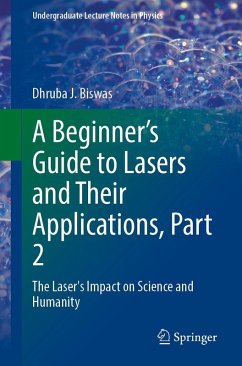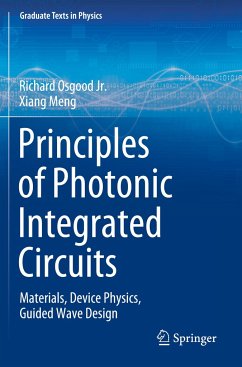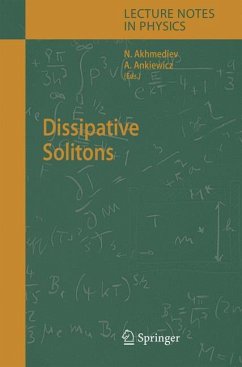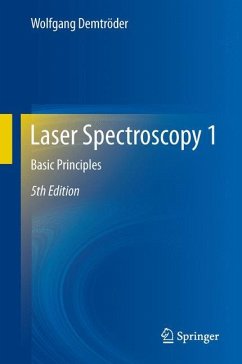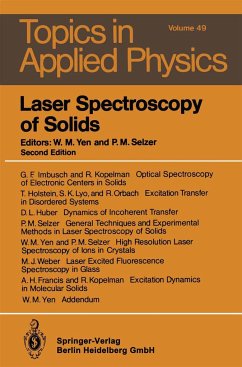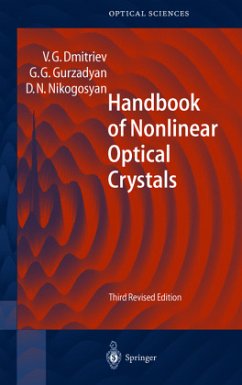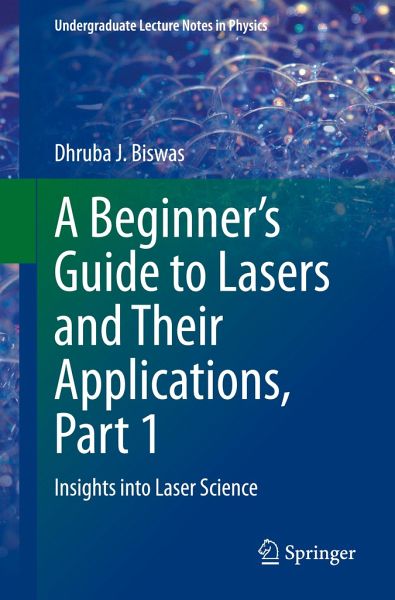
A Beginner's Guide to Lasers and Their Applications, Part 1
Insights into Laser Science

PAYBACK Punkte
23 °P sammeln!
This two-volume book provides an enriching insight into the laser, covering different types of lasers, the basic science behind the technology, their role at the cutting-edge of current scientific research, and their wide-ranging applications. With just high school physics as a prerequisite and favoring qualitative yet scientifically sound explanations over high-level mathematics, this book is aimed at a broad spectrum of readers in physics, chemistry, engineering, medicine, and biology. Its engaging and lucid presentation is enhanced with plenty of illustrations, making the world of the laser...
This two-volume book provides an enriching insight into the laser, covering different types of lasers, the basic science behind the technology, their role at the cutting-edge of current scientific research, and their wide-ranging applications. With just high school physics as a prerequisite and favoring qualitative yet scientifically sound explanations over high-level mathematics, this book is aimed at a broad spectrum of readers in physics, chemistry, engineering, medicine, and biology. Its engaging and lucid presentation is enhanced with plenty of illustrations, making the world of the laser accessible to undergraduate students in the sciences and any other inquisitive readers with high school physics under their belts. Furthermore, the text is often laced with anecdotes, picked from history, that are bound to pique the minds of the readers. It is ideal for self-study or as a complement to courses on optics and optoelectronics.
This volume, Part 1 of 2, explains the fundamentals of optics, what a laser is, how it works, and what is unique about the light it emits, from fundamental quantum theory through population inversion and cavity to common laser types.
It is followed by Part 2 which depicts the many advances in science enabled by the laser, including spectroscopy, nonlinear optics, optical cooling and trapping, and optical tweezers, among many others, and provides a glimpse into the ways that the laser affects our lives via its uses in medicine, manufacturing, the nuclear industry, energy, defence, communication, ranging, pollution monitoring, art conservation, fashion, beauty, and entertainment.
This volume, Part 1 of 2, explains the fundamentals of optics, what a laser is, how it works, and what is unique about the light it emits, from fundamental quantum theory through population inversion and cavity to common laser types.
It is followed by Part 2 which depicts the many advances in science enabled by the laser, including spectroscopy, nonlinear optics, optical cooling and trapping, and optical tweezers, among many others, and provides a glimpse into the ways that the laser affects our lives via its uses in medicine, manufacturing, the nuclear industry, energy, defence, communication, ranging, pollution monitoring, art conservation, fashion, beauty, and entertainment.





